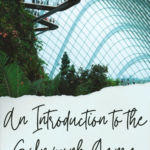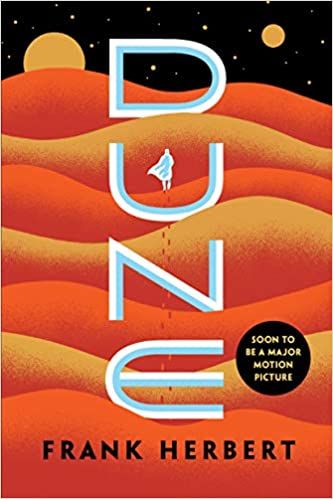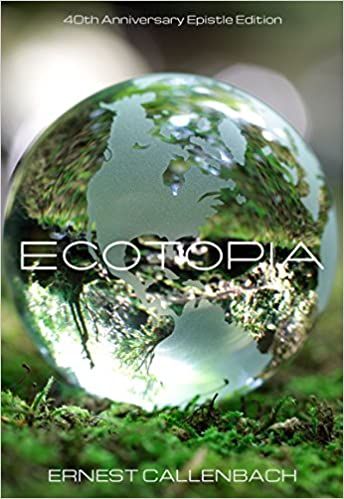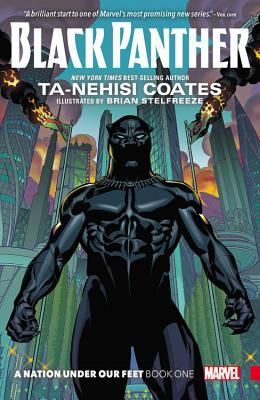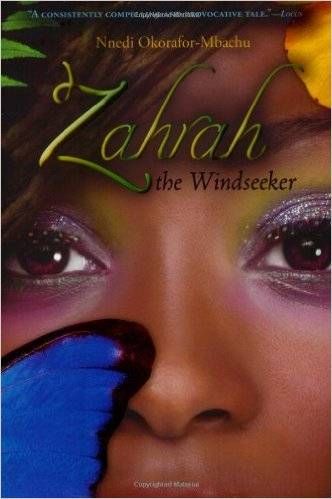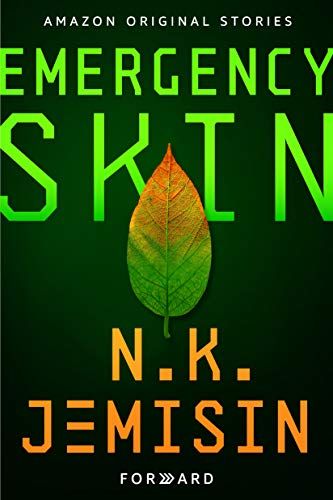What Is Solarpunk?
The overall vibe of the solarpunk genre is often described as inspired by Art Nouveau, Victorian, and Afrofuturist motifs. Illustrations of solarpunk landscapes often look hypermodern, light, airy, and colorful, but can also be rich in elegant detail. Most of all, everything is so, so green. Just covered in leaves. Like Ewoks moved into the Watergate. Along with this visual style, the spirit of solarpunk is one of craftsmanship, egalitarianism, and optimism where technology can be put to work to solve our greatest problems. The first mentions of solarpunk trace back to the late 2000s, but the sub-genre became more widely recognized thanks to the Tumblr of Miss Olivia Louise, who frequently posted images that reflect what’s become recognized as the solarpunk aesthetic, and had a post in this style and explaining it go viral in 2014.
What Are Solarpunk Novels?
Solarpunk, as a name for a science fiction sub-genre to fill a void within science fiction, was first suggested in 2008 by Republic of the Bees, which pitched it as parallel to steampunk, in that both spun away from modern technologies and built instead on variant directions technology could have gone instead. Solarpunk has also been compared to cyberpunk — but while cyberpunk imagines a future in which technology had led to new, darker problems for humanity, solarpunk offers a more hopeful take, in which technology has led to solutions. In fact, the result is often quite utopian. More than just a motif or a take on technology’s potential, solarpunk worlds also often offer a version of humanity that has optimized its societal potential with a higher cultural awareness, equality across genders and races, and heightened creativity.
Classic Solarpunk Novels
Thought the name “solarpunk” wasn’t recognized until recently, authors have been writing in this style for much longer.
Modern Solarpunk
In recent years, solarpunk has started to emerge from all kinds of storytelling, from film to comics to anime and, of course, novels. The novel’s deep spirituality and emphasis on harmony with nature reverberates with solarpunk vibes, and in later books of the series, Arrakis becomes a lush garden planet. But don’t worry about that. Amid this chaos, 15-year-old Lauren’s gated community is destroyed and her family killed. As she makes her way to safety with other survivors, her hyperempathy abilities lead her to adapt a new religion based on the idea that it is humanity’s destiny to travel beyond Earth. The series is rich with garden metaphors and revolves around the struggles of resource scarcity. While much of the story’s arc seems dystopian, Lauren’s vision for humanity’s future ultimately focuses on hope and renewal, rather than the chaos. Thanks to its great source of vibranium, Wakanda has created its own paradise. They have endless technology far beyond what the rest of the world has created, offer an egalitarian and spiritual society, and it’s a gorgeous example of Afrofuturism, which frequently crosses over with solarpunk. This story takes place within the Ooni Kingdom, a city-planet of a Black-appearing human race where everything is made from plant matter.
